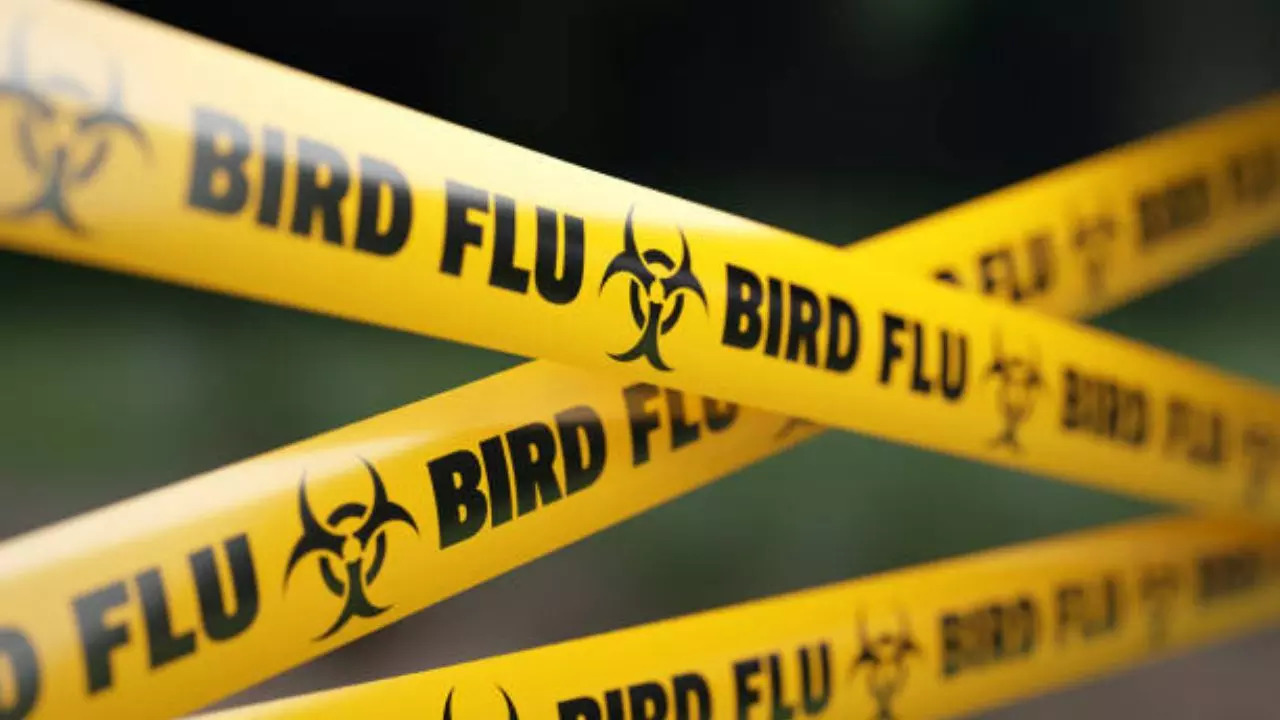The H5N1 strain is highly pathogenic and can also be transmitted to animals such as pigs, horses, big cats, dogs and occasionally humans.
According to media reports, Odisha has culled more than 1,000 chickens after testing positive for the highly pathogenic H5N1 strain of bird flu. Reuters said the epicentre of the outbreak was in Puri, about 30 kilometres from Bhubaneswar, and followed the recent deaths of 1,800 birds at a local poultry farm.
“The work is going on. We are going to cull around 20,000 birds,” Additional Director of Disease Control Dr Jagannath Nanda told Reuters.
According to experts, the H5N1 subtype of the influenza A virus (or bird flu) is a highly pathogenic virus that infects humans, pigs, and other animals. It is considered a major pandemic threat due to its high lethality, global presence, and ongoing mutations. There are many subtypes of bird flu; the most common ones transmitted to humans are influenza A and influenza A (H7N9). Experts say these are named based on the types of proteins found on the surface of the virus.
H5N1 is highly transmissible
According to experts, the H5N1 strain is highly pathogenic and can also be transmitted to animals such as pigs, horses, big cats, dogs and occasionally humans. Governments have long expressed concern about the spread of the virus due to the devastation it can cause to herds, the possibility of trade restrictions and the risk of human transmission.
What are the signs and symptoms of bird flu?
According to experts, signs and symptoms of bird flu include:
- Fever
- Fatigue and tiredness
- Cough
- Muscle pain
- Sore throat
- Diarrhea
- Stuffy and runny nose
- Shortness of breath
- Conjunctivitis or pink eye
What causes bird flu??
Avian flu is caused by a type of influenza A virus, which in humans is usually the H5N1 virus. The virus can infect the upper respiratory tract and lungs and even spread to other parts of the body, such as the brain.
How does bird flu spread??
According to experts, humans contract bird flu after catching bodily fluids from an infected animal, such as saliva, respiratory droplets or feces. It can be inhaled through small dust particles in animal habitats or introduced into the eyes, nose or mouth after touching bodily fluids.
However, doctors say you cannot get the infection from eating well-cooked poultry or eggs. All poultry known to have the bird flu virus is immediately removed from the human food supply.
Avian influenza is rarely contagious, but there have been a few recent reports of human-to-human transmission in the U.S. Infection often causes severe illness and complications, including pneumonia, acute respiratory distress, bacterial infections, sepsis, brain inflammation such as meningoencephalitis, and respiratory failure.
How can bird flu be prevented??
According to doctors, you can prevent and reduce the risk of contracting bird flu by doing the following:
- Wear protective clothing, such as a mask and goggles, while working with birds, wildlife, and livestock.
- Wash your hands frequently
- Do not pass through areas where animals have been exposed to bird flu.
- Remove your shoes before entering your home after being in areas where birds such as waterfowl or chickens live.
Disclaimer:
The information contained in this post is for general information purposes only. We make no representations or warranties of any kind, express or implied, about the completeness, accuracy, reliability, suitability or availability with respect to the website or the information, products, services, or related graphics contained on the post for any purpose.
We respect the intellectual property rights of content creators. If you are the owner of any material featured on our website and have concerns about its use, please contact us. We are committed to addressing any copyright issues promptly and will remove any material within 2 days of receiving a request from the rightful owner.

